- Established 1982 -HOME: www.hiltonpond.org
THIS WEEK at HILTON POND Subscribe for free to our award-winning nature newsletter (Back to Preceding Week; on to Next Week) |
WATCHING (AND REPORTING) BIRDS Our guess is the earliest humans studied nature because they didn't have a choice. As hunters and/or gatherers, it was critical they be aware of their surroundings and know which plants and animals could nurture--or kill. People figured out--undoubtedly through deadly trial and error--that some berries were edible and others were poisonous, and they learned to hunt suitable prey while avoiding dangerous creatures for which they themselves might become a meal. It's hard to know if this "eat or be eaten" lifestyle allowed Neanderthals (or earlier hominids) any opportunities to appreciate the beauty of their natural world.
All text, maps, charts & photos © Hilton Pond Center By the time Homo sapiens came along we humans apparently could pause long enough to smell the roses and even to articulate our appreciation for intricacies of nature. There can be little doubt the cave artists of Lascaux (above) were expressing wonder-- Early Greeks, and then Romans, may have been first to categorize living things in a big way, with Pliny the Elder (23-79 A.D.) describing all sorts of plants and animals--some imaginary--in his Naturalis Historia. Seventeen centuries later Carl von Linné (aka Carolus Linnaeus, 1707-1778, above right) devised a scheme in which flora and fauna were each given genus and species names--a process still embraced by modern taxonomists.
All text, maps, charts & photos © Hilton Pond Center By 1804 Lewis and Clark were exploring the vast North American wilderness, making note of strange environs and organisms that astounded President Thomas Jefferson and the rest of the country when they described their findings back east. Then, in the 1830s, John James Audubon delighted Europe and U.S. with colorful full-sized paintings of the "Birds of North America," complete with detailed descriptions of avian behavior and habitat. (See his rendering above of "Golden-winged Woodpecker," known later as Yellow-shafted Flicker and now as Common Flicker.) These days it seems odd to consider naturalist Audubon used a shotgun to "observe" those birds he chose to paint.
All text, maps, charts & photos © Hilton Pond Center Twenty-first century naturalists have it made. Most of us don't need to hunt or gather to survive, and we don't have to kill animals to study them. We've got high-quality optics to bring nature up close, plus authoritative field guides and the Google search engine to help us identify what we're looking at. How amazing that all sorts of natural happenings are captured by everyday folks with cell phone cameras ever-ready (above), and that the Internet allows us to share those images and videos worldwide in an instant.
All text, maps, charts & photos © Hilton Pond Center Here at Hilton Pond Center (31 January 2019, above) we observe and categorize and photograph and study plants and wildlife on a near-constant basis, always peering out the windows of our office or wandering the trails that traverse our small property. A major part of our research involves catching, banding, and releasing wild birds--68,300-plus since 1982--but we also continue our long-term on-site surveys of everything from butterflies to beetles and wildflowers to ferns. All these inventories are linked from our Research Main Page.
All text, maps, charts & photos © Hilton Pond Center Independent of our banding work we keep a tally of birds seen around Hilton Pond during each calendar year, so on New Year's Day 2019 we turned a page in our journal and started jotting down each new species that appeared. Most were old regulars such as Carolina Chickadees and Northern Cardinals (female at feeder, above), but sometimes we actually add a previously unseen species. Last time we got a new one was January 2011 when we saw--and banded--eight Savannah Sparrows during a heavy snowstorm (see photo below).
All text, maps, charts & photos © Hilton Pond Center Since we can't capture every bird that occurs at the Center, the annual Yard List provides a cross-check of which species are present each year, helping us getting a handle on natural cycles and whether some species are increasing or declining in number. In the past 38 years the Yard List has grown to an impressive 171 species for the 11-acre Center--some seen almost daily, a few just once during almost four decades.
All text, maps, charts & photos © Hilton Pond Center The current year (2019) started very well as far as the annual Yard list is concerned, with 36 species already recorded. Even more impressive: ALL of those were seen from any of several windows of the old farm house at Hilton Pond Center! The majority of those birds were drawn in close by abundant seeds we provide at numerous feeders (American Goldfinch, Carolina Chickadee, and Tufted Titmouse, above, at sunflower seed tube dispenser), but we are nonetheless amazed to think so many species could be observed in a semi-rural Carolina Piedmont backyard without having to go out looking for them--especially when it's dead of winter and Neotropical migrants and some summer residents have yet to appear. We mention this number of 36 species tallied so far in 2019 not to brag (well, a little!) but to encourage other folks to follow suit. We recommend that near the window where you watch birds you keep binoculars, a field guide, and a notebook in which to record names and sighting dates for each bird species. You may be able to document early arrival or late departure dates for various birds, and knowing when your first Ruby-throated Hummingbird shows up tells you when to have your feeders up in spring.
All text, maps, charts & photos © Hilton Pond Center We likewise encourage backyard birders to participate in one or more citizen science nature projects, especially the 21st Great Backyard Bird Count coming up on 15-18 February 2019. Sign up through the Web site, then "Count birds for at least 15 minutes on one or more days of the GBBC . . . in as many places and on as many days as you like—one day, two days, or all four days. Submit a separate checklist for each new day, for each new location, or for the same location if you counted at a different time of day." Then estimate the number of individuals for each species observed and enter your data on the GBBC Web site.
All text, maps, charts & photos © Hilton Pond Center Although GBBC participants once had to submit their results on paper, these days the count is connected with eBird--another project we encourage all birders to support through submission of sightings. It's one thing to keep a Yard List for your own personal interest, but when you share sightings with the birding world at large you help build a database useful to laypersons and scientists alike. NEVER think your observations unimportant, or that other folks near and far aren't interested in what you're seeing in your own backyard. (Be sure to check out the eBird Web site. They, in conjunction with birders like YOU, have developed some remarkable--and stunning--interactive maps that depict avian migration.) Of all the natural history disciplines, ornithology is probably the one that has benefited most from the work of amateurs. There's an army of people roaming the countryside with binoculars and spotting scopes and cameras, any one of whom might make an big discovery about birds. The important thing is to report your sightings of natural phenomena, so please do sign up for the Great Backyard Bird Count or eBird or any of the other citizen science nature projects you might find of interest--everything from Frogwatch USA to Project BudBurst to Firefly Watch. (Do a Web search to find a study about an organism you like.) In the meantime, you may be curious about those 36 species already on Hilton Pond Center's 2019 Yard List. Well, thanks for wondering; here's the tally so far, more or less in taxonomic order. (For some species we include file photos from earlier sightings at the Center. Twelve species marked * were observed AND banded since 1 January.) All text, maps, charts & photos © Hilton Pond Center
All text, maps, charts & photos © Hilton Pond Center HILTON POND CENTER YARD LIST
All text, maps, charts & photos © Hilton Pond Center
All text, maps, charts & photos © Hilton Pond Center
All text, maps, charts & photos © Hilton Pond Center
All text, maps, charts & photos © Hilton Pond Center
All text, maps, charts & photos © Hilton Pond Center
All text, maps, charts & photos © Hilton Pond Center
All text, maps, charts & photos © Hilton Pond Center
All text, maps, charts & photos © Hilton Pond Center
All text, maps, charts & photos © Hilton Pond Center
So that's it: All 36 bird species observed at Hilton Pond Center in January 2019--including a diurnally elusive Great Horned Owl. We heard it hooting loudly in a Southern Red Oak high above the old farmhouse at midnight on the 30th.
All text, maps, charts & photos © Hilton Pond Center We think 36 species is pretty good for one month, but who else should be on the Hilton Pond Center Yard List in mid-winter? Based on our previous 37 years of observations, we already should be seeing at least these nine additional species in 2019:
Where might they be? Although we know not, we'll be watching closely for them --and reporting to eBird if and when they finally appear. All text, maps, charts & photos © Hilton Pond Center NOTE: The following information first appeared in January 2018 on the Facebook page for Hilton Pond Center. We include it here--slightly edited--for those folks who are not on Facebook in the hope they will find it of interest.
All text, maps, charts & photos © Hilton Pond Center NEW YEAR'S DAY 2018 BLUEBIRD ACTIVITY On the first day of a new year human beings like to start afresh by resolving to do--or NOT do--certain things during the coming 12 months. We sometimes wonder if animals also make some sort of new year's resolutions. That certainly seemed to be the case on New Year's Day for a small flock of Eastern Bluebirds (EABL) here at Hilton Pond Center. At least two male and two female bluebirds--established pairs, perhaps?--were paying close attention to each other as they alternately investigated one of the more popular nest boxes we erected specifically to attract this species. Both sexes took turns hopping on top of the box and going in, perhaps making mental measurements to determine whether the nest hole and internal square footage were appropriate for occupation when spring breeding season arrives. In our photo above taken that day, a female EABL looks down intently as a bright blue male prepares to enter the box. It will be at least three full months before Eastern Bluebirds typically start nesting here in the Carolina Piedmont, so today's home shoppers have plenty of time to make a final decision whether to use a nest box or some natural cavity. Even though it's January, this might be a good time for each of you readers to remove last year's nesting material from boxes if you haven't already. (No sense having your bluebirds start the season with an unkempt dwelling.) After clean-up, may we suggest you then make your own New Year's resolution to erect at least one additional nest box for Eastern Bluebirds--or any other native species for which cavities are always in high demand but short supply. Bluebirds, wrens, chickadees, titmice, nuthatches and numerous other cavity nesters are guaranteed to make your new year bright if you resolve to do more to attract them to your own backyard. You can almost never have too many nest boxes! Happy New Year to all of you from all of us at Hilton Pond Center and Operation RubyThroat, and Happy Nature Watching in 2019! All text, maps, charts & photos © Hilton Pond Center
All text, maps, charts & photos © Hilton Pond Center FEEDER BIRDS AND RED-SHOULDERED HAWKS For as long as we can remember a family of Red-shouldered Hawks (RSHA) has resided at Hilton Pond Center. Since 1993 We've banded 11 of them, mostly youngsters. A few springs ago Costa Rican colleague Ernesto M. Carman was visiting us and found a nest with two chicks high in a Southern Red Oak in the Center's front yard. Thus, we are not surprised on any given warm-weather day to see one or more RSHA flying about, chasing Eastern Chipmunks and Green Frogs. (During one summer drought we even saw a red-shouldered corral a Largemouth Bass in shallow water and drag it up onto the bank of the pond!) Come winter these large-ish hawks often perch in full view through windows of our old farmhouse; from there they eyeball us and action at the feeding stations, so we've often suspected they sometimes take feeder birds for lunch. On 20 January 2018--after 38 years of observing--our suspicions were finally confirmed when we noticed a Red-shouldered Hawk sitting on a branch as it plucked and scattered plumage from its prey. In bright afternoon sun, some hapless bird's feathers nearly glowed as they floated to the ground, but back-lighting prevented me from identifying the menu item. Ironically, the next morning as we photographed a third-year Red-shouldered Hawk (photo above) it swept in suddenly, grabbed yet another bird from an Eastern Red Cedar branch just outside our window, and headed off into the woods. This time we could see the prey clutched in its talons; based on size we're guessing it was one of our winter finches. Although some folks would be appalled at a hawk's predatory behavior, we felt honored to observe at last this natural behavior of a bird eating birds. As residents of the top rung of the food chain, raptors have a tough time finding enough prey to keep their big crops filled--especially in cold weather when they need to maintain body temperatures, AND during breeding season when their chicks are hungry. (Add to that habitat loss and the unfathomable behavior of folks who shoot any predator they see, and it's a wonder there are any hawks at all.) In the big picture, songbirds are more plentiful and thus "more expendable" than hawks. In our judgment, people who hang bird feeders filled with seeds should delight in the relatively rare opportunity to witness a raptor grabbing its prey. After all, if we put out sunflower seeds to attract chickadees at Hilton Pond Center, we're really just putting out chickadees to attract predatory hawks. Happy Mid-winter Hawk-Gawking! All text, maps, charts & photos © Hilton Pond Center
Checks also can be sent to Hilton Pond Center at: All contributions are tax-deductible on your Don't forget to scroll down for Nature Notes & Photos, |
|---|
|
"This Week at Hilton Pond" is written and photographed by Bill Hilton Jr., executive director of Hilton Pond Center for Piedmont Natural History
|
|
|
Please refer "This Week at Hilton Pond" to others by clicking on this button: |
|


 and understanding--when they adorned cavern walls 17,000 years ago with anatomically correct paintings of animals that roamed what today is France.
and understanding--when they adorned cavern walls 17,000 years ago with anatomically correct paintings of animals that roamed what today is France.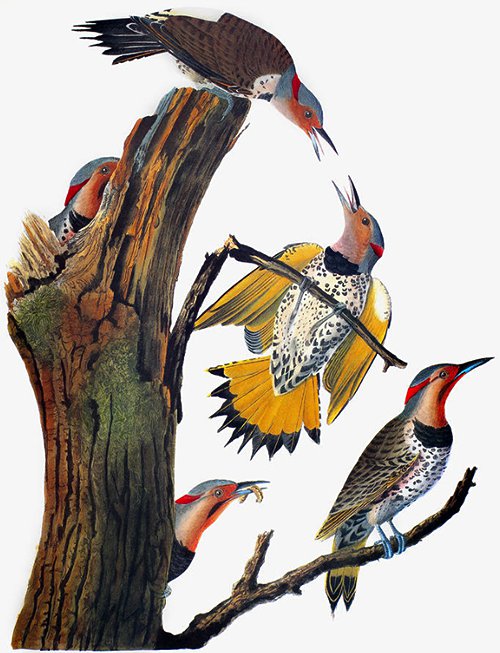
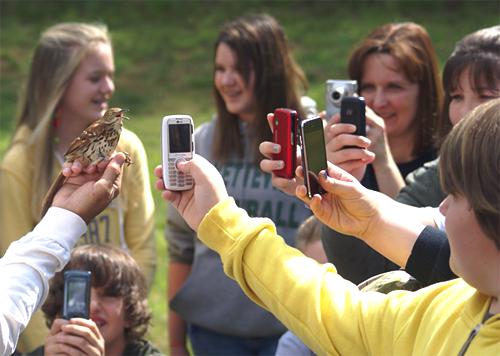

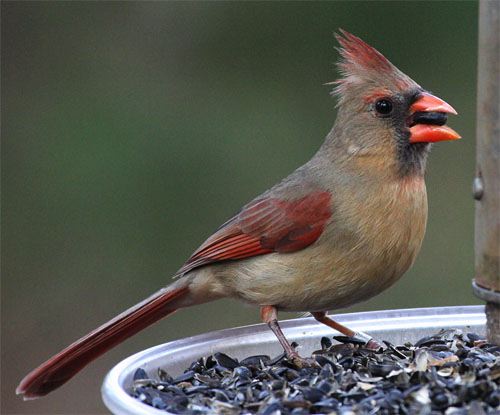
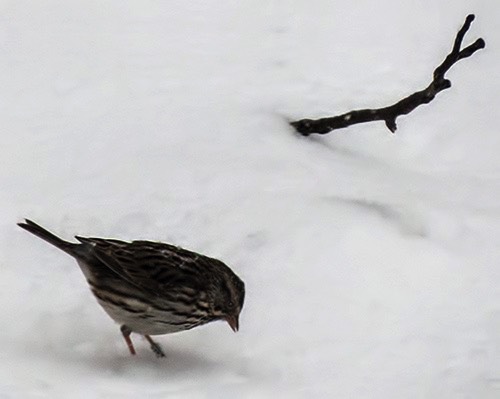
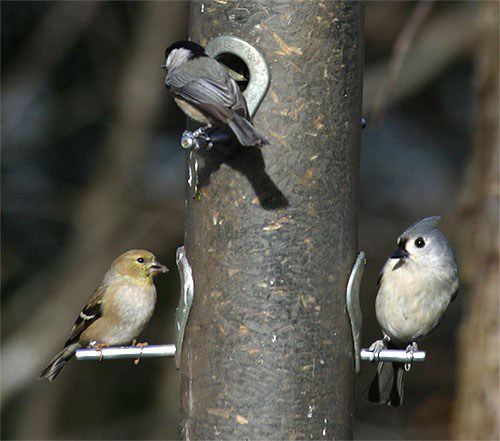


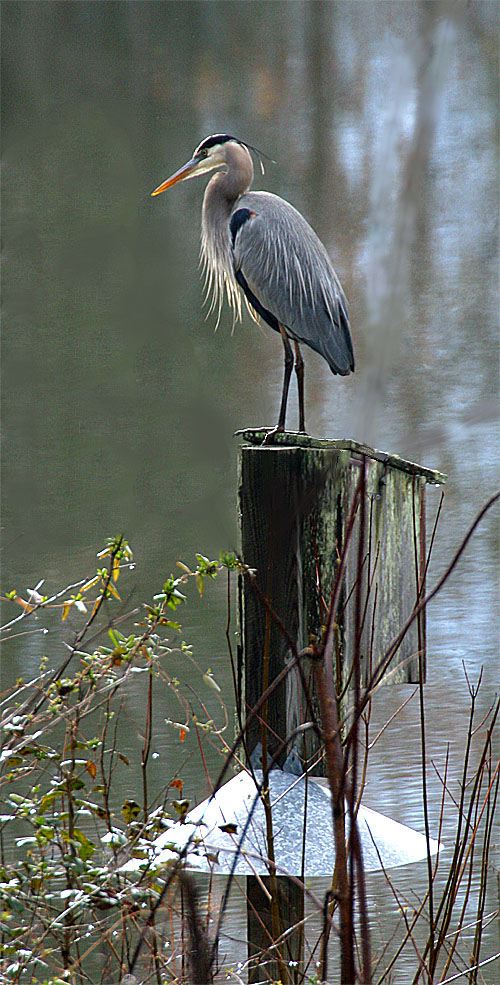

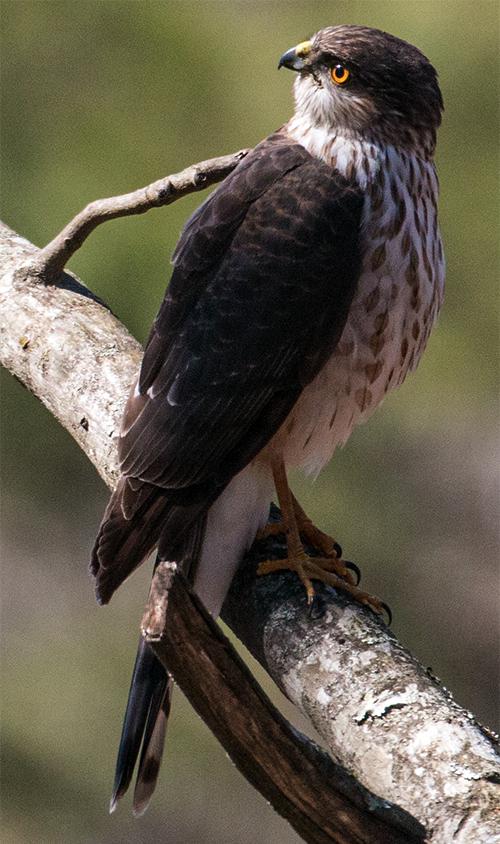
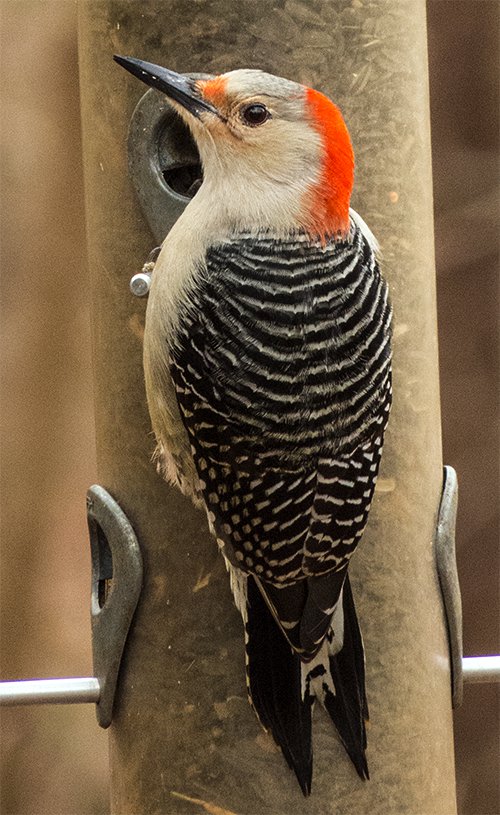
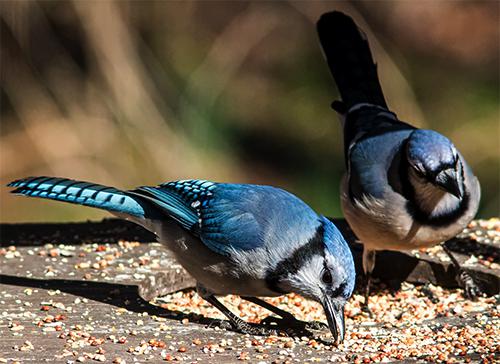
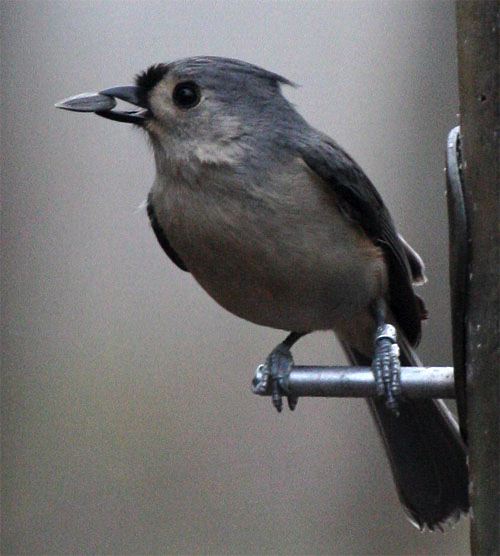
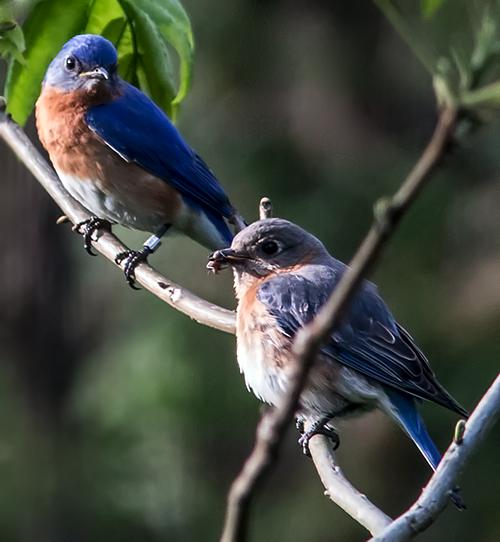

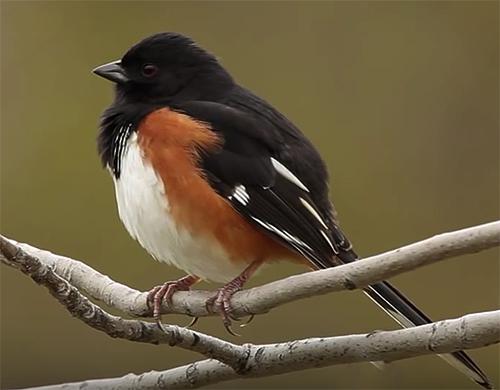
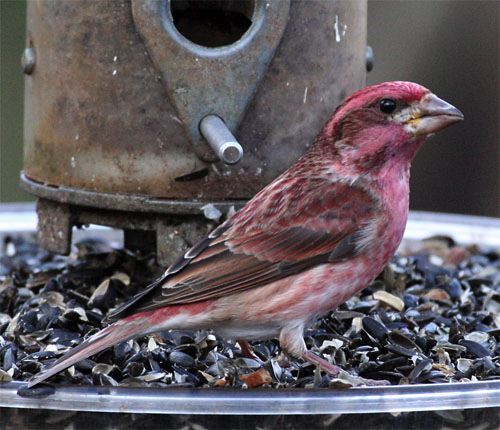
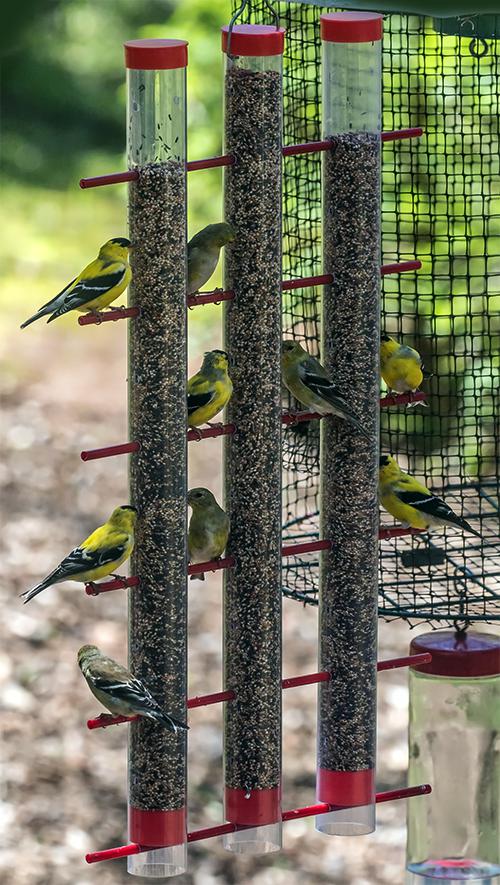
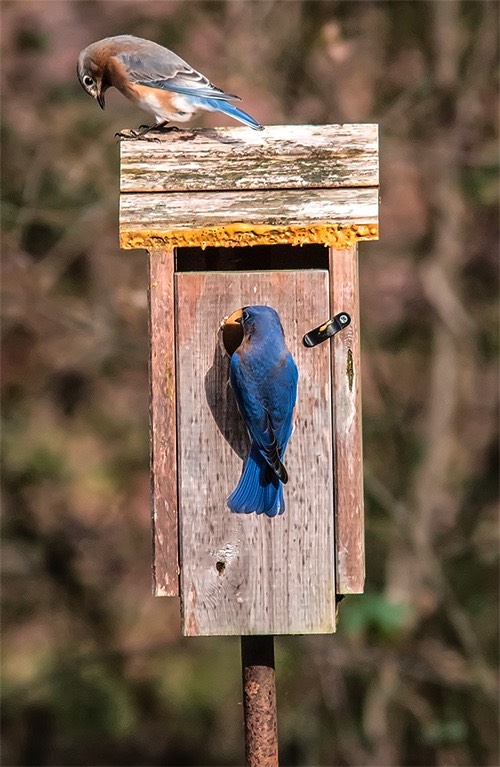
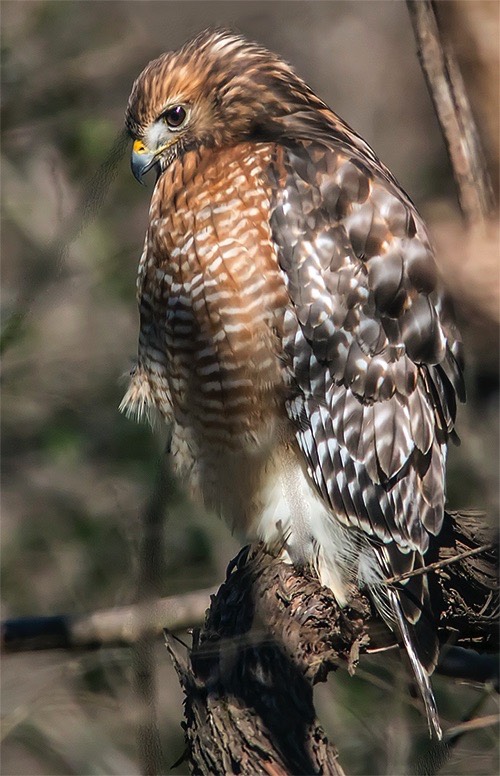










 Oct 15 to Mar 15:
Oct 15 to Mar 15: